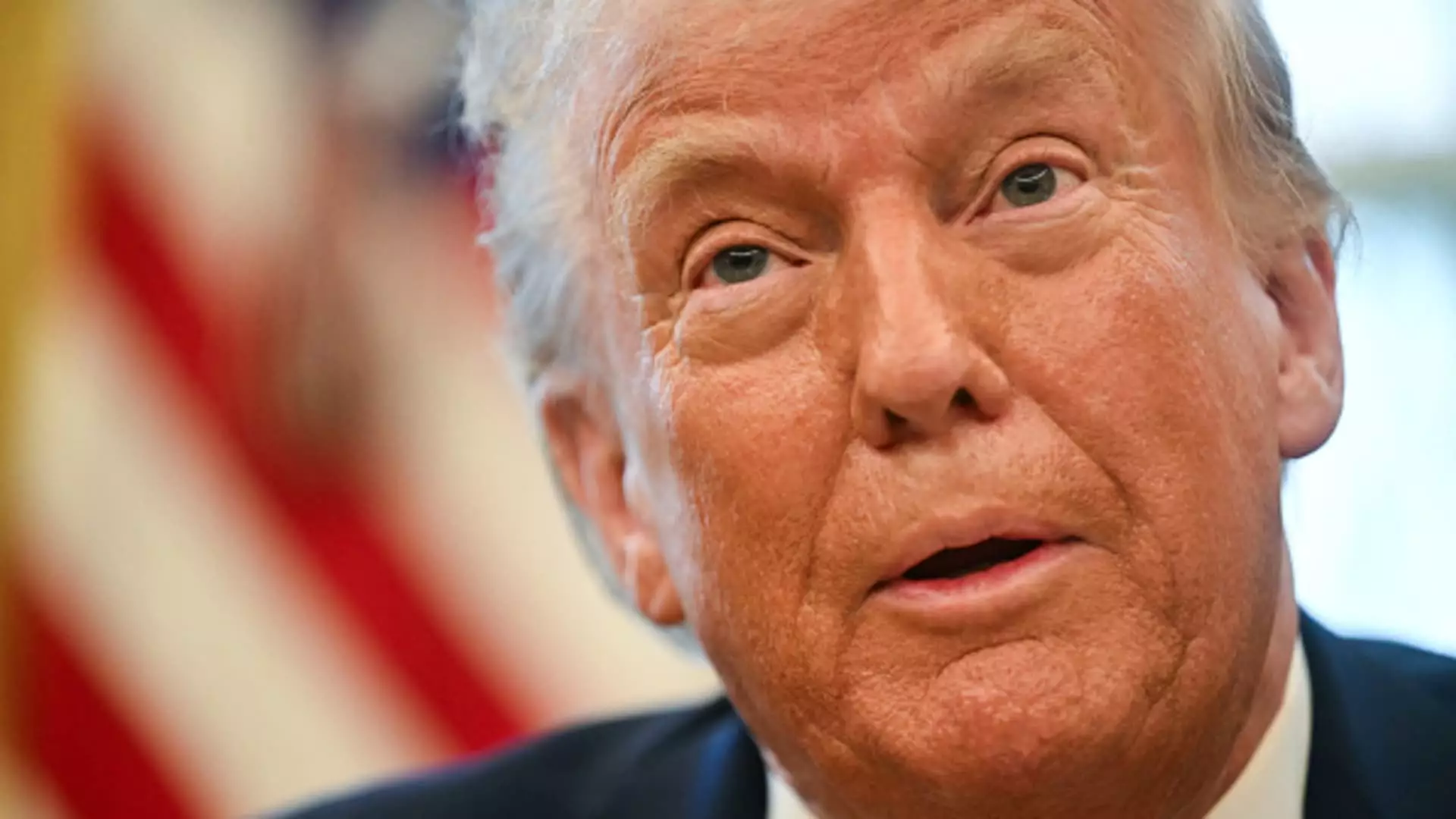On Monday, President Donald Trump took a significant step by signing an executive order aimed at establishing a government-run sovereign wealth fund. The primary objective of this initiative appears to be the enhancement of economic development within the United States, but it also opens the door for potential investments in foreign entities, notably the popular social media platform TikTok. The new fund, as envisioned, seeks not just to bolster domestic infrastructure, such as airports and highways, but to extend U.S. influence abroad, particularly in strategic locations like Panama and Greenland.
According to U.S. Treasury Secretary Scott Bessent, the intention is to operationalize this fund within a year. It is expected to monetize various assets on the U.S. balance sheet – a complex task given the country’s current economic landscape which is often characterized by significant budget deficits. Bessent’s remarks suggest a blend of both liquid and non-liquid assets will form the bedrock of this fund, ensuring it appeals to a wide range of investors and economic stakeholders. However, specifics regarding the fund’s operational structure remain hazy, reflecting a lack of comprehensive planning which might prompt skepticism among analysts and financial experts.
Trump has hinted that tariffs might play a critical role in providing the necessary funding for this initiative. This perspective opens a dialogue about alternative funding sources that multiple nations utilize, which range from taxes on natural resources to financial transactions and carbon emissions. Such mechanisms could enhance the fund’s capacity to invest not only domestically but also internationally, positioning the U.S. to compete with established sovereign wealth funds from nations like Norway and China.
The introduction of a sovereign wealth fund could serve to alleviate the government’s reliance on traditional methods of financing, such as issuing Treasury debt. By actively engaging in global financial markets — through investments in diverse assets such as stocks, bonds, and real estate — the U.S. could carve out a new avenue for economic growth. Norway’s sovereign wealth fund, renowned for its size and organizational prowess, currently oversees approximately $1.7 trillion in assets, setting a high standard for the U.S. fund to aim towards.
Challenges and Criticisms
Despite the ambitious vision presented, the initiative is not without its critics. There are valid concerns about transparency and governance associated with such funds, particularly if proper regulations are not instituted. Historical precedents show that a lack of oversight can be detrimental, leading to conflicts of interest and potential corruption. This risk necessitates a vigorous framework to monitor fund activities, ensuring that they serve the best interests of the American public without falling prey to mismanagement.
While Trump’s proposal for a sovereign wealth fund represents a bold attempt to shift the economic landscape and position the U.S. for future global competitiveness, its success hinges on clear strategic planning, robust funding mechanisms, and stringent governance protocols. As the nation stands on the brink of this significant change, the coming months will be critical in determining its viability and impact on the American economy.

